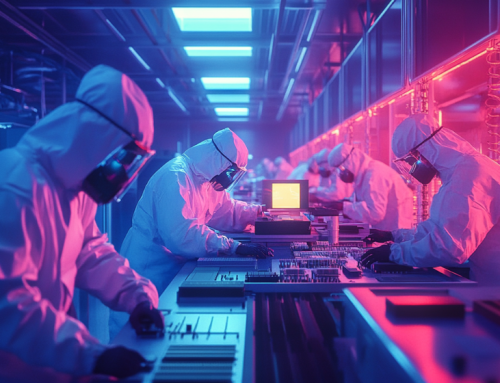AI Drives High Tech Retail Products, Recruitment

AI enters the world of retail markets.
Look to the tech giants to see where their investments in AI-driven projects are going and you’ll find Microsoft, Google, IBM and others have doubled down on developing AI departments to create products.
Turn on your television these days and you are likely to see the AI-enhanced stationary bike or the AI scanned golf swing that will select the perfect club for you. A constant increase in advertised products feature AI, which is boosting retail stores and online markets.
Not to mention the AI-based tools that are being used to reduce the cost of running retail outlets and improving their sales.
In fact, a recent IBM study pointed to six ways the retail industry plans on utilizing AI, based on respondents’ feedback:
- Supply chain planning (85%)
- Demand forecasting (85%)
- Customer intelligence (79%)
- Marketing, advertising, and campaign management (75%)
- Store operations (73%)
- Pricing and promotion (73%)
But it’s not all good news for retail market workers. With AI and related programs putting a squeeze on a variety of jobs worldwide, it’s clear that this advanced tech may be replacing as many as 8,820,545 workers within the decade in Great Britain alone.
Meanwhile, tech companies report a shortage of AI programmers and developers. According to global recruitment site Indeed, the demand for workers with AI skill sets has increased by up to 119 percent, and that stat is given additional substance by new research from RS Components.
“Retailers are increasingly using innovative technologies to offer new ways to shop both online and in-store and provide rewarding careers for employees,” Mark Mathews, NRF vice president of research development and industry analysis, said in a press release. “From reducing shipping costs and improving supply chain efficiency to personalizing shopping experiences and helping workers acquire new skills, AI technologies allow retailers to compete in the 21st century economy and better serve their customers. This is what the future of retail looks like.”
Read more at techrepublic.com








Leave A Comment